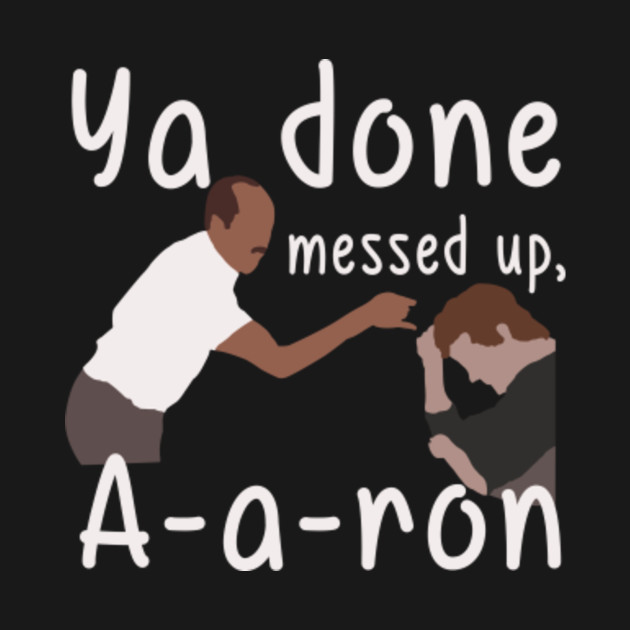It's Friday. How many bald eagles did wind turbines kill today? They are an environmental & aesthetic disaster.— Donald J. Trump (@realDonaldTrump) August 24, 2012
I have a buddy coming in from out of town in about 10 days and he asked to play Warmachine. I was stoked. I love teaching people this game. So I told him to get on the web and pick a faction I have about a 60% of him picking a starter I own or can borrow. He comes back and says "Dragons!" Fuck. Perfect timing though, big sale at DGI. Get the legion set on Saturday. Opened it Monday morning because that's what the troops would have wanted. It kind of inspired me to make a newcomer's guide to building your battlebox.
 |
| You should read it in her voice. |
Here is my progress:
Supplies:
- Battle box. So key.
- Hobby knife. X-Acto like.
- Glue. I recommend Loctite ultragel.
- Some sort of gap filler. I would recommend "Green Stuff".
- Sculpting tools or a blunted hobby blade.
- Some sand is always good for a spiffy base.
- Primer (the types are described below)
Step 1: Clip, snip, shave, and drip.
I just came up with that. I don't know if it will stick around. Anyway, the key to some decent looking models is prep work. I have seen tons of really well painted models where the effect is just demolished because the person didn't prep the model well. Gaps down a torso or mold lines (small strips that run down the model left over from where the two pieces of the mold come together) through details can really make things look shitty.
- First, clip any large hunks of plastic or metal left over from when the model was cast or from the sprue.
- Then, snip off any pieces flash (small buts of metal that typically extend from metal models) and smooth out where they were.
- Cleaning mold lines is simple. Examine all pieces, find that thin line that shouldn't be there, and use an X-Acto blade to shave it off. There are two ways of doing this and you will typically find yourself using both methods on a single piece. For larger mold lines or bits in tight spaces you can just use the sharp end of the blade. Just be careful not to use an angle that will cause any gouging in the model. The second method is to drag the back of your blade over the mold lines. This will shave off the lines but make it so you cant accidentally gouge or over flatten the surface.
- After all this is done, take all your pieces and put them in a container, pour on some dish soap, and rinse the pieces. This will get any releasing agent off. Releasing agent is like an oil that is used to allow the model to exit the mold cleanly. Fun fact about oil: It blocks the surface of your model when you try to add glue or paint. I used to think this step was horseshit until I did it. Pieces that wouldn't glue together magically stuck. Paint actually adhered to the surface without a million passes. Birds chirped and flowers bloom. Clean your fucking model. And let it drip dry.
 |
| Cleaned and washed. Ready to go. |
Building the model is pretty straight forward. Dry fit 2 pieces. Once you see what the deal is, add glue and let it sit. You will find some gaps. That happens. No model is ever gap free. As an side, the Hellslinger Phantom was really fucking close though. To deal with this, you need to use some sort of gap filling compound. Usually its "green stuff". It's a two part compound you roll together to make a putty and then you jam it in where it needs to go and smooth it out. This time I tried using liquid green stuff. A few issues:
- It isn't a fucking liquid. It's more like semi dry paint. It holds it shape. It does not conform to its container. It isn't a fucking liquid. WHAT THE FUCK.
- It is really hard to work with. It either sticks to your sculpting tool or becomes clumpy paint if you wet your sculpting tool. Then when it dries, it shrinks so you have to do it again.
- IT ISN'T A FUCKING LIQUID
So I filled my gaps and even though it looks weird now, when primer goes on you won't notice a thing.
 |
| I don't get how the hell people think this is easier than green stuff. I HAVE to be doing this wrong. |
Step 3: Get your base in shape.
OK so this is a matter of preference. Some people do their bases after they finish the model, I set it up before.
First, cover your slots. I know it sounds like some really shitty sex ed from Sister Mary O'Toole but seriously. Cover any portion of the slotted base that wont be used for the tab on the model. If you plan to pin to the base, cover the whole thing.
 |
| Option 1 |
 |
| Option 2. Amazing |
 |
| Dope coverage, dope results. Just like Pappy used to say. |
Step 4: Prime time. Time to prime. Amazon prime. Prime directive.
Pick a title but all of them say prime. There are a few different options for priming.
- Brush on primer. This stuff is ok in a pinch and functional for touch ups. That being said, I don't recommend it. Either it goes on too thick and you lose detail, or you thin it and then it has a very weak adhesion to the model, or you prime it and don't wait the 48 hours a lot of brush ons take to cure.
- Rattle can primer. This one is tried and true. Relatively cheap. Fairly easy to figure out. You can spray on a few thin coats, let it dry, and paint that day. The only down side: Weather. Spray cans are toxic as fuck and you don't want to use them inside. Now, I have lived in Chicago and Seattle. When it is cold as balls out (Chicago is below 40 half the damn year) or humid as hell (that would be another 3 months in Chicago) your primer will either be dusty, flaky, or will not stick. Seattle has the humid thing but also just standard rain.
- Airbrush primer. This is the best. I cannot recommend it enough. It goes on exactly how you want, you can do it indoors without killing your girlfriend, you have way more control, and there is only one downside. It is fucking expensive to get an airbrush. A good airbrush set up with everything you need will be around $200 when everything is said and done. Now that is a one time cost and it gives you a lot of money saving options (I spend wayyyyyyy less on primer now) but it is a pretty big barrier.
There is another method call zenithal priming. You start with a black primer. Then move to grey/white but only from where you determine your light source to be. This is really cool and takes some serious practice to make work but the results are super dope. That will be a post later.
Anyway: Prime it all and get ready to paint!
 |
| I see a shred-door and I want to paint it black. |
I will track the progress on painting the battle box in my following posts. If you want to see anything specific or have tips or questions, just leave a message or tweet me.





















